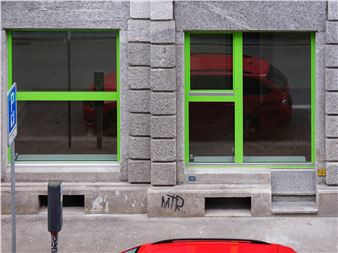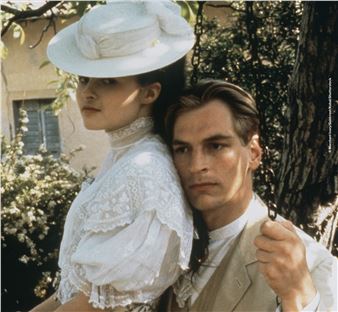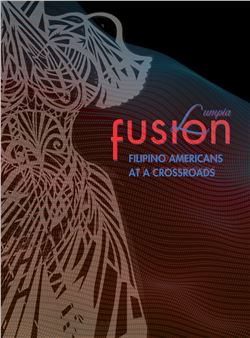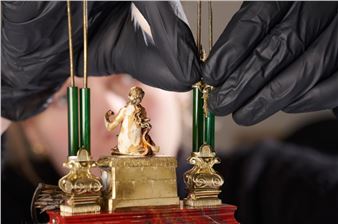Sarah Ippolito: Liquid Realm
The ocean is what makes the earth habitable, without the ocean life is not possible, вҖңin a way weвҖҷre all sea creaturesвҖқ - Sylvia Earle
VSF LA announces Liquid Realm, new sculptures by Sarah Ippolito (b. 1986 Houston, TX). Los Angeles-based IppolitoвҖҷs exuberantly biomorphic sculptures are inspired by time spent underwater, immersed in contemplation of the umwelt of aquatic creatures and the central role of the oceans in the health and wellbeing of people and our planet. Divided between the &Milk project space and the VSF courtyard, IppolitoвҖҷs exhibition considers the differing sensory environments and inhabitants of the sunlit shallows and the expansive open ocean. While the ocean covers more than 70% of the planetвҖҷs surface and contains roughly 97% of EarthвҖҷs biosphere, life underwater and the nature of the ocean often feels alien. IppolitoвҖҷs works bring some of this vibrancy and abundance onto dry land.
Color and texture are central to IppolitoвҖҷs work - her sculptures are recognizable not only for their uncanny and whimsical shapes, but for her use of bright color, evocative texture, and shifts in scale. For Ippolito, color expresses exuberance, optimism, and vitality. Intricate and tactile textured surfaces are dynamic and invite curiosity and engagement. Scale is used as a way to disrupt expected hierarchies, the viewer may feel they have been shrunk or the forms they look at magnified; each scale relationship impacts the experience of her body in space and in relationship to others. Scale is also a key in our relationship to the ocean - In its vastness, the ocean feels as unknowable as outer space and yet, somehow, it is also as familiar as our own backyards. The lively nature of IppolitoвҖҷs work is underscored by the use of active verbs in the titles for all of her new works: Filtering, Undulating, and Fanning their names describe the range of movement implied by their forms.
In the courtyard, Ippolito presents her first cast bronze sculpture. Standing at just about the same height as the artist, the form blends shapes and textures from a Salp spiral (phylum Chordata) and the tentacles of Portuguese man oвҖҷ war (phylum Cnidaria.) Both вҖңcreaturesвҖқ are colonies of individual organisms. The bold cobalt-blue figure stands erect, its tentacles meandering and sensing its surroundings. Nearby an installation of hand-formed ceramic shapes represents a bloom of Phytoplankton - tiny single celled organisms that drift in the upper layer of the ocean using photosynthesis to transform carbon dioxide into oxygen. The word вҖңplanktonвҖқ comes from the Greek word for вҖңdrifterвҖқ or вҖңwanderer.вҖқ ItвҖҷs estimated that roughly 50% of the oxygen on Earth is produced by oceanic phytoplankton. Phytoplankton are the primary producers of the ocean - offering food for a range of organisms from small filter feeders like salps to massive whale sharks. Phytoplankton also play a crucial role in regulating the atmosphere in the biological carbon pump - absorbing carbon dioxide at the surface and as they die they sink to the bottom (marine snow) and sequester carbon in the deep ocean. The forms in this piece are inspired by the most abundant types of phytoplankton - the diatoms, dinoflagellates, green algae, cyanobacteria, and coccolithophores.
In &Milk a group of table-top scaled works and a large figural work inspired by a range of creatures from the phylum Cnidaria (sea anemones, jellyfish, coral, sea fans) and phylum Annelida (feather duster and tube worms) are on view. These are some of the earliest life forms to evolve on the planet after phytoplankton transformed the atmosphere of the Earth to one hospitable for animal life - appearing between about 635 million and 515 million years ago, they have survived 5 mass extinctions. Abounding with color, these animals are sometimes naturally pigmented or get their distinctive coloration from symbiotic algae that live in their tissues. They possess a unique form of intelligence; operating without a brain and sometimes with rudimentary eyes. With their flexible tentacles that are sensitive to the slightest touch and vibrations they reach into the open water to filter feed plankton or capture small prey.
By reimagining marine organisms and their adaptations, Ippolito invites viewers to explore the hidden wonders of our oceans and consider the interconnectedness of all life. Her creative practice, rooted in direct observation and scientific exploration, embodies the potential of art to spark environmental reflection. In a world where the health of our oceans is increasingly vital, IppolitoвҖҷs work reminds us of our deep connection to the vast liquid realm that defines our planet.
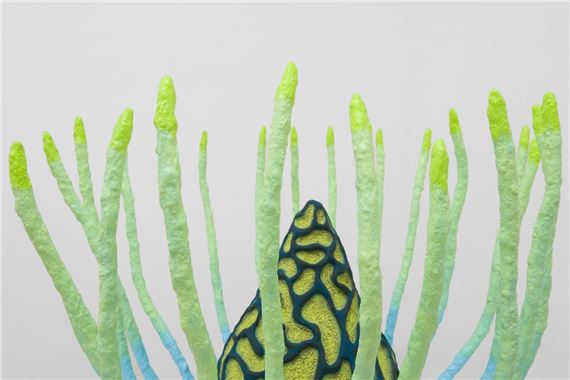
Recommended for you
The ocean is what makes the earth habitable, without the ocean life is not possible, вҖңin a way weвҖҷre all sea creaturesвҖқ - Sylvia Earle
VSF LA announces Liquid Realm, new sculptures by Sarah Ippolito (b. 1986 Houston, TX). Los Angeles-based IppolitoвҖҷs exuberantly biomorphic sculptures are inspired by time spent underwater, immersed in contemplation of the umwelt of aquatic creatures and the central role of the oceans in the health and wellbeing of people and our planet. Divided between the &Milk project space and the VSF courtyard, IppolitoвҖҷs exhibition considers the differing sensory environments and inhabitants of the sunlit shallows and the expansive open ocean. While the ocean covers more than 70% of the planetвҖҷs surface and contains roughly 97% of EarthвҖҷs biosphere, life underwater and the nature of the ocean often feels alien. IppolitoвҖҷs works bring some of this vibrancy and abundance onto dry land.
Color and texture are central to IppolitoвҖҷs work - her sculptures are recognizable not only for their uncanny and whimsical shapes, but for her use of bright color, evocative texture, and shifts in scale. For Ippolito, color expresses exuberance, optimism, and vitality. Intricate and tactile textured surfaces are dynamic and invite curiosity and engagement. Scale is used as a way to disrupt expected hierarchies, the viewer may feel they have been shrunk or the forms they look at magnified; each scale relationship impacts the experience of her body in space and in relationship to others. Scale is also a key in our relationship to the ocean - In its vastness, the ocean feels as unknowable as outer space and yet, somehow, it is also as familiar as our own backyards. The lively nature of IppolitoвҖҷs work is underscored by the use of active verbs in the titles for all of her new works: Filtering, Undulating, and Fanning their names describe the range of movement implied by their forms.
In the courtyard, Ippolito presents her first cast bronze sculpture. Standing at just about the same height as the artist, the form blends shapes and textures from a Salp spiral (phylum Chordata) and the tentacles of Portuguese man oвҖҷ war (phylum Cnidaria.) Both вҖңcreaturesвҖқ are colonies of individual organisms. The bold cobalt-blue figure stands erect, its tentacles meandering and sensing its surroundings. Nearby an installation of hand-formed ceramic shapes represents a bloom of Phytoplankton - tiny single celled organisms that drift in the upper layer of the ocean using photosynthesis to transform carbon dioxide into oxygen. The word вҖңplanktonвҖқ comes from the Greek word for вҖңdrifterвҖқ or вҖңwanderer.вҖқ ItвҖҷs estimated that roughly 50% of the oxygen on Earth is produced by oceanic phytoplankton. Phytoplankton are the primary producers of the ocean - offering food for a range of organisms from small filter feeders like salps to massive whale sharks. Phytoplankton also play a crucial role in regulating the atmosphere in the biological carbon pump - absorbing carbon dioxide at the surface and as they die they sink to the bottom (marine snow) and sequester carbon in the deep ocean. The forms in this piece are inspired by the most abundant types of phytoplankton - the diatoms, dinoflagellates, green algae, cyanobacteria, and coccolithophores.
In &Milk a group of table-top scaled works and a large figural work inspired by a range of creatures from the phylum Cnidaria (sea anemones, jellyfish, coral, sea fans) and phylum Annelida (feather duster and tube worms) are on view. These are some of the earliest life forms to evolve on the planet after phytoplankton transformed the atmosphere of the Earth to one hospitable for animal life - appearing between about 635 million and 515 million years ago, they have survived 5 mass extinctions. Abounding with color, these animals are sometimes naturally pigmented or get their distinctive coloration from symbiotic algae that live in their tissues. They possess a unique form of intelligence; operating without a brain and sometimes with rudimentary eyes. With their flexible tentacles that are sensitive to the slightest touch and vibrations they reach into the open water to filter feed plankton or capture small prey.
By reimagining marine organisms and their adaptations, Ippolito invites viewers to explore the hidden wonders of our oceans and consider the interconnectedness of all life. Her creative practice, rooted in direct observation and scientific exploration, embodies the potential of art to spark environmental reflection. In a world where the health of our oceans is increasingly vital, IppolitoвҖҷs work reminds us of our deep connection to the vast liquid realm that defines our planet.

 ARTISTS
ARTISTS







